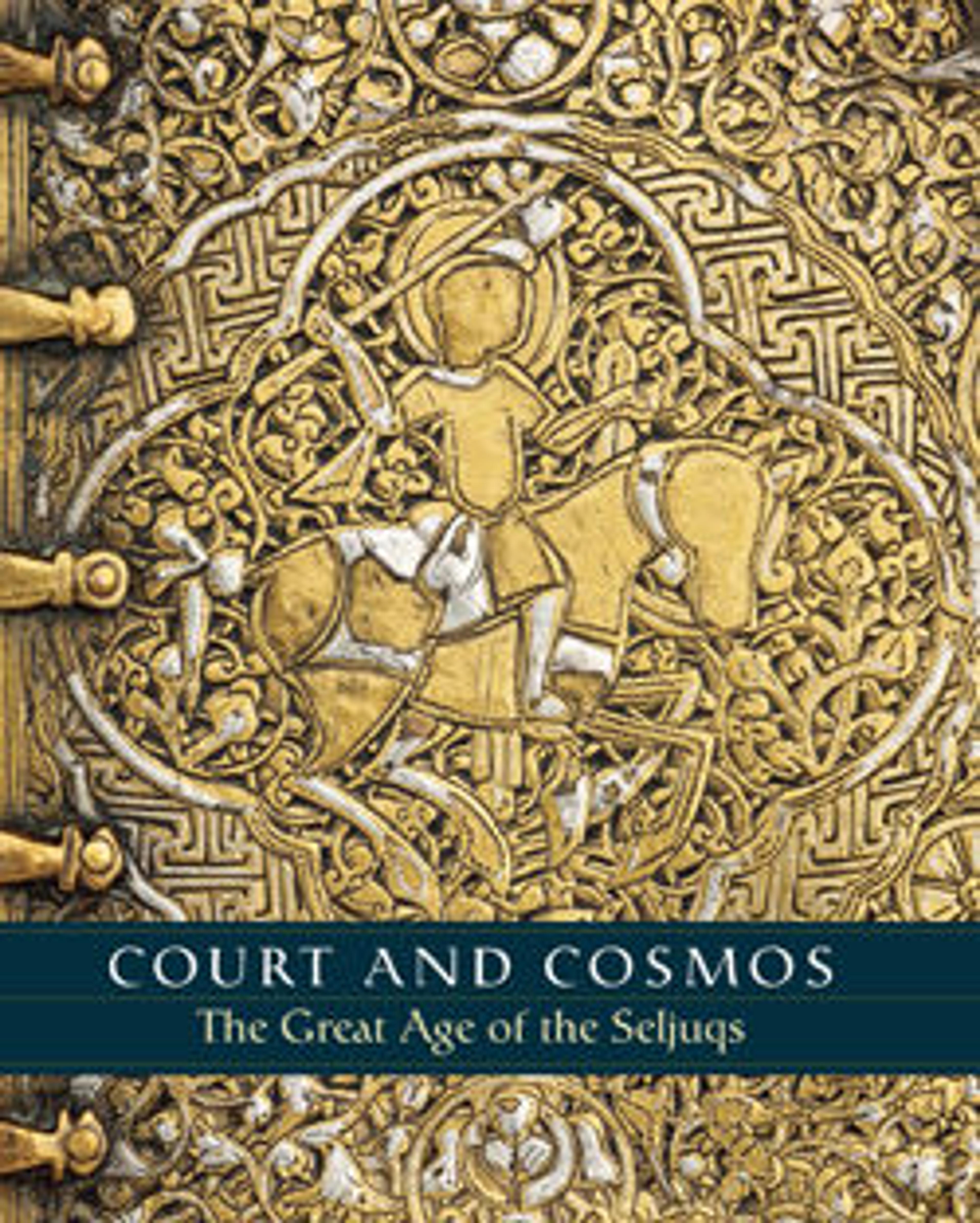Figurine in the Form of a Camel Carrying a Palanquin and Two Riders
Camel-rearing traditions may explain their frequent appearance in twelfth-century arts and their praise in mystical poetry. It has been suggested that Turkmen tribes bred hybrids of one- and two-humped camels and their southward migration and foundation of the Great Seljuq state was prompted, beyond an unstable political situation, by a climate change unfavorable to this occupation.
Artwork Details
- Title: Figurine in the Form of a Camel Carrying a Palanquin and Two Riders
- Date: 12th–early 13th century
- Geography: Attributed to probably Iran or Iraq
- Medium: Stonepaste; molded in sections, glazed in turquoise
- Dimensions: H. 7 11/16 in. (19.5 cm)
W. 5 9/16 in. (14.1 cm)
D. 2 9/16 in. (6.5 cm)
Wt. 21.7 oz. (615.3 g) - Classification: Ceramics
- Credit Line: Fletcher Fund, 1964
- Object Number: 64.59
- Curatorial Department: Islamic Art
More Artwork
Research Resources
The Met provides unparalleled resources for research and welcomes an international community of students and scholars. The Met's Open Access API is where creators and researchers can connect to the The Met collection. Open Access data and public domain images are available for unrestricted commercial and noncommercial use without permission or fee.
To request images under copyright and other restrictions, please use this Image Request form.
Feedback
We continue to research and examine historical and cultural context for objects in The Met collection. If you have comments or questions about this object record, please contact us using the form below. The Museum looks forward to receiving your comments.
